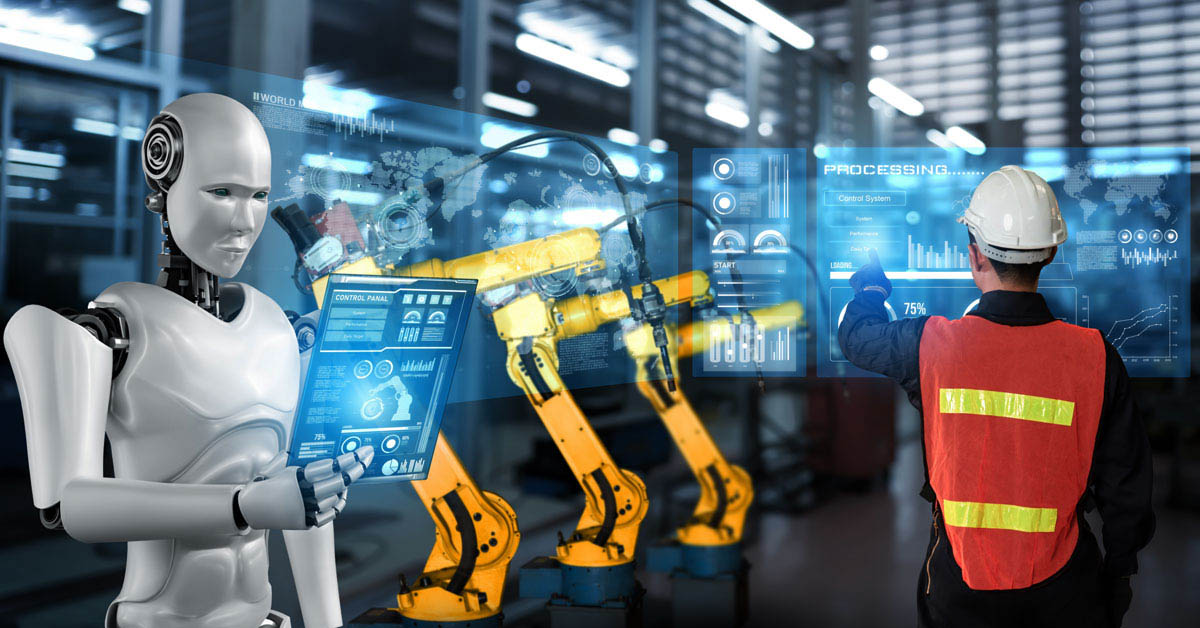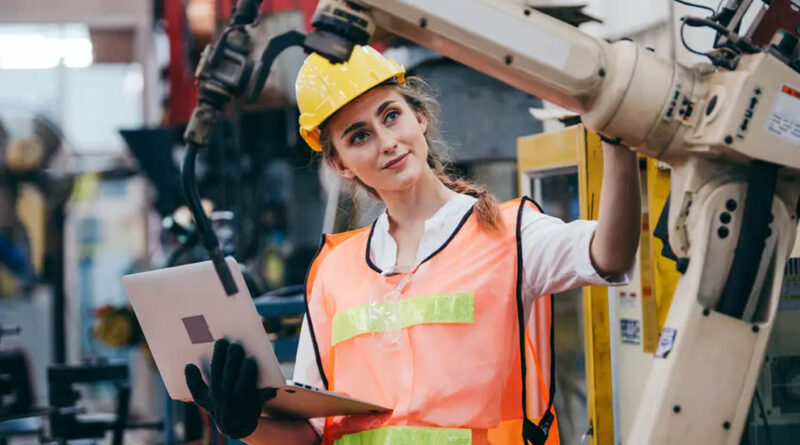Robotics: Machines and Robots Revolutionizing Human Tasks via Automation
Introduction: Robotics is a fast-growing discipline that centers on the design, building, and operation of machines and robots. These machines are specially constructed to automate their tasks, whereas human efforts were, until recently, needed to carry these tasks out. Engineering disciplines, such as mechanical, electrical, and computer sciences, are all brought together in robotics to create that system which can perform quite complex and repetitive tasks with higher efficiency and accuracy. This technological revolution is reforming industries and the life of the common man while giving new engines for several challenges.
The History and Evolution
The idea of robots goes back quite a long time into human history. Myths and stories spoke of creations whose use was solely to help their human makers. Modern robotics, however, started taking shape around the middle of the twentieth century. It was in 1961 that the first industrial robot, Unimate, was presented, heralding the beginning of a new era in manufacturing processes whereby automation found application in welding and assemblage tasks.
Since then, the advancement of robotics has been extremely rapid. From simple machines meant to do certain tasks, robots have developed into highly sophisticated systems capable of AI, deep-learning techniques, and of doing tasks where humans are not comfortable or cannot easily work.
Various Applications for Robotics
Manufacturing: Robotics found extensive application in manufacturing operations, especially on vehicle assembly lines. Activities such as welding, painting, assembling, and quality control are done by robots that faster, safer, and more accurate production lines.
Healthcare: Robots applicable to healthcare are surgical robots, rehabilitation robots, or robots assisting patient care. Surgical robots like Da Vinci Surgical System can provide minimally invasive procedures with enhanced recovery times and precision.
Agriculture: Robotics is affecting the farming world. Robots are being used to plant, harvest, and even assess crop health, thereby helping farmers achieve efficiencies and savings in labor cost. Drones, for their part, are being similarly employed to survey large agricultural areas remotely, obtaining valuable information for farmers.
Logistics and Warehousing: Automated robots have become part-and-parcel of logistics, in particular in warehouses and distribution centers. Amazon’s Kiva robots, controlling the movements of goods, inventory management, and warehouse organization, thus freeing spaces and speeding up operations while needing less manual work.
Space Exploration: In space exploration, robots are aimed at exploring planets, moons, and far-away asteroids. Robotic rovers like NASA’s Curiosity Rover have immensely assisted scientists in collecting invaluable data from Mars, which would be impossible to collect otherwise.
Customer Service: Robotic systems are now being employed in customer service, ranging from self-service checkout kiosks in retail outlets to service robots in hotels and restaurants, so facilitating lesser human interaction while improving service speed and efficiency.

The Role of AI and Machine Learning in Robotics
Artificial Intelligence and Machine Learning have grown to be essential in the new capabilities of robots. Previously robots were programmed to do certain tasks. Thanks to AI and ML, with the help of decision-making capabilities, robots can learn from their immediate environment without human intervention and act on certain conditions with variable outcomes. For example, AI-based robotics help to drive a self-driving car through traffic by recognizing an obstacle and making the decision based on live data.
Challenges in Robotics
Robotics is filled with bright prospects, but challenges still await:
Cost of Development: Developing higher-end robots is still quite pricey, thus limiting their wider adoption.
Safety and Ethics: As robots become more embedded into human life, issues arise concerning their safety, especially in healthcare and autonomous driving.
Job Displacement: Automation may displace certain workers in certain fields. Robots can increase productivity yet diminish human labor.
Technical Limitations: Robots are more advanced now but still have technical limitations to face in ambiguous, unstructured environments where they accept unforeseen situations or adapt to new tasks.
The Future of Robotics
The very bright future of robotics appears in the offing. Continuous improvement of AI, ML, and robotics technology will mean greater versatility and intelligence of robots. Future robots could very well assist in solving very complex challenges like disaster management, climate change, and space exploration.
The entry of robots into the day-to-day life would create blurred lines between human and robot jobs. In the near years, robots are estimated to be indispensable in private life and work, performing tasks that are hazardous, monotonous, or exhausting for human beings.




